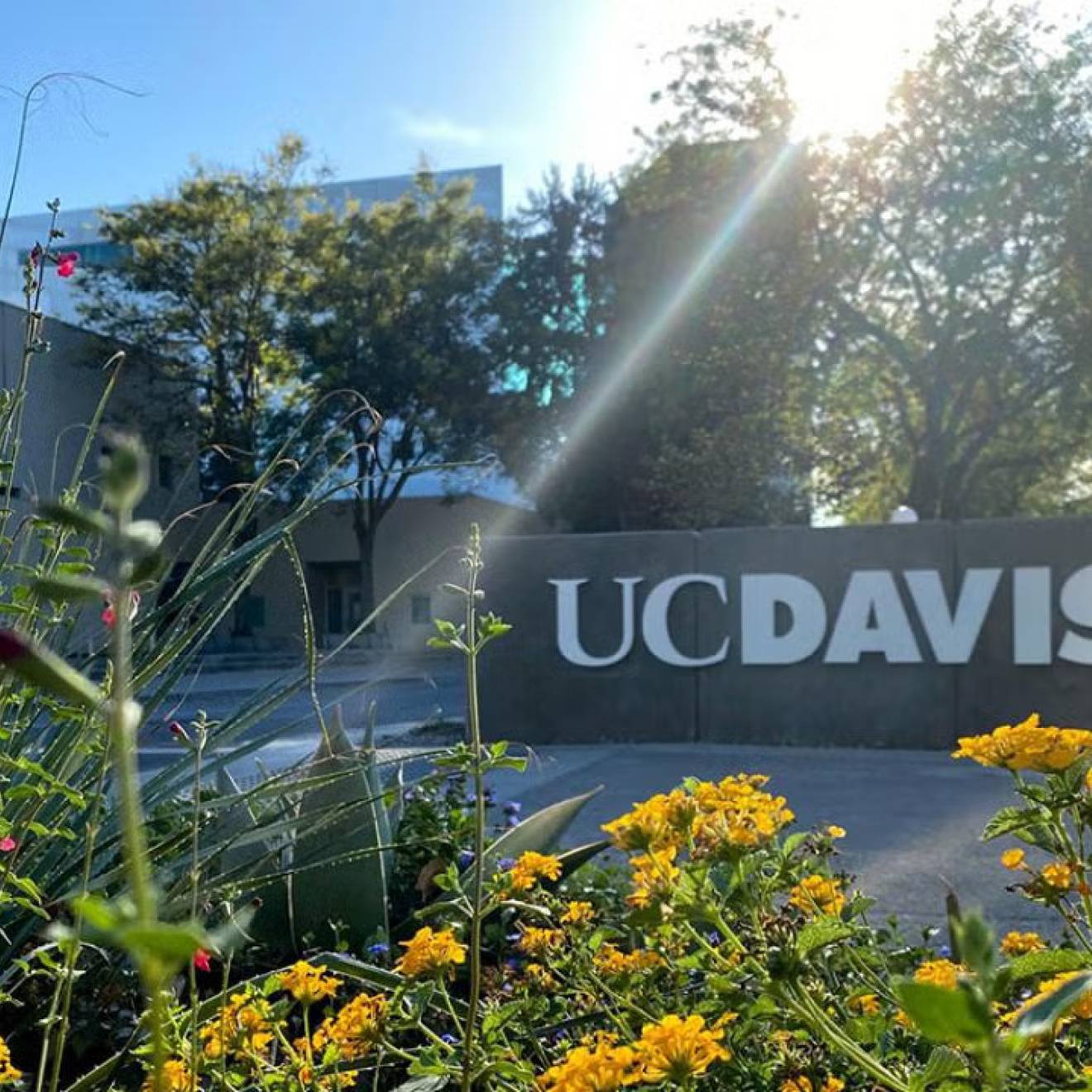Carla Collado, UCLA
New commercial space is expected to increase through 2017 across most California real estate markets, thanks in part to job growth and goods moving through the state’s ports. The outlook is based on the recent Allen Matkins/UCLA Anderson Forecast Commercial Real Estate Survey, a leading indicator of future commercial construction in California that analyzes the three-year outlook for real estate development activity and provides insights into new, not yet on the radar, building projects.
The survey is available for free download (registration required), and a brief video presents highlights of the study.
“The optimism about 2017 in the surveys, broad-based across all markets, is an important indicator of both the probability of new additions to stock being started over the next two years and of opportunities for new investment in multi-family, office and industrial space,” says Jerry Nickelsburg, adjunct professor of economics at UCLA Anderson School of Management and senior economist with UCLA Anderson Forecast. “This optimism, supported by job and income growth on the demand side and a lack of sufficient building on the supply side, reflects what we expect to be another good run of building in the California non-residential space, activity that should continue through the next phase of the economic recovery.”
Office development to remain steady
Previously, uncertainty about the effects of the “fiscal cliff” and weakened vacancy rates in 2012 and 2013 caused office market developers in the Bay Area to view the existing stock as well as new construction in the pipeline to be sufficient to meet demand. In the latest survey, one-half of the panel planned to start one or more new projects in this market within the next 12 months, showing an expectation of improving markets.
Developers in the San Diego, Orange County and Los Angeles markets are viewing 2016 and 2017 positively and expect office markets in Southern California to be better in both rental and occupancy rates. However, developers in all three markets are cautious about new office space development, as demand catches up with supply. Fewer than 30 percent of the panel surveyed indicated plans to develop new office space by mid-2015.
Multi-family sector poised for activity
Multi-family housing development continues to climb in the San Francisco and Silicon Valley areas as economic growth results in new household formation. Forty-four percent of the Bay Area panel stated that they will be starting one or more new multi-family projects in the coming year, the same percentage of previously surveyed panelists who started one or more projects last year. This is further evidence that the Bay Area is leading the way in new multi-family housing construction.
In Los Angeles, where little multi-family housing has been built since 2006, a healthier job market and income growth are driving greater demand for rental housing. The latest survey indicates that developers see this trend continuing for the next three years and are engaging in new multi-family housing projects.
Industrial sector remains confident
There is a renewed sense that the rapid pace of growth in coastal California and the steady increase in imported goods will continue to create more industrial space requirements in the coming three years. This bright outlook in the Bay Area, Inland Empire, Los Angeles and Orange County markets will engender new construction to support the California industries, exports to Asia and Mexico and imported consumer goods.
Sentiment across markets in this sector has remained consistent for the past six months. Since mid-2013, one half of the panel of developers started a project and fully 70 percent will begin one or more industrial space projects in the coming 12 months.
Allen Matkins, founded in 1977, is a California-based law firm with more than 200 attorneys in four major metropolitan areas of California: Los Angeles, San Francisco, Orange County and San Diego. The firm’s core specialties include real estate, real estate and commercial finance, bankruptcy and creditors' rights, construction, land use, natural resources, environmental, corporate and securities, intellectual property, joint ventures, taxation, employment and labor law, and dispute resolution and litigation in all these matters.
UCLA Anderson Forecast is one of the most widely watched and often-cited economic outlooks for California and the nation and was unique in predicting both the seriousness of the early-1990s downturn in California and the strength of the state’s rebound since 1993. More recently, the forecast was credited as the first major U.S. economic forecasting group to declare the recession of 2001.

